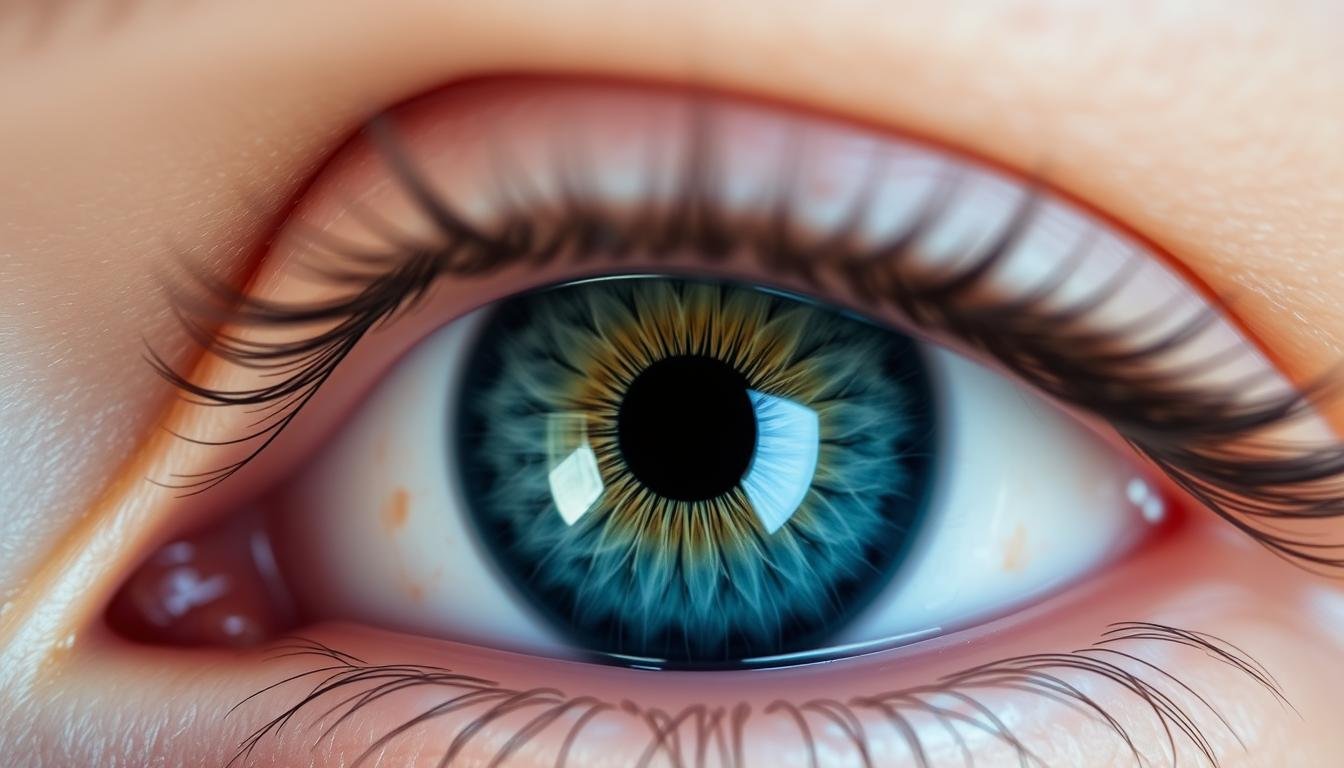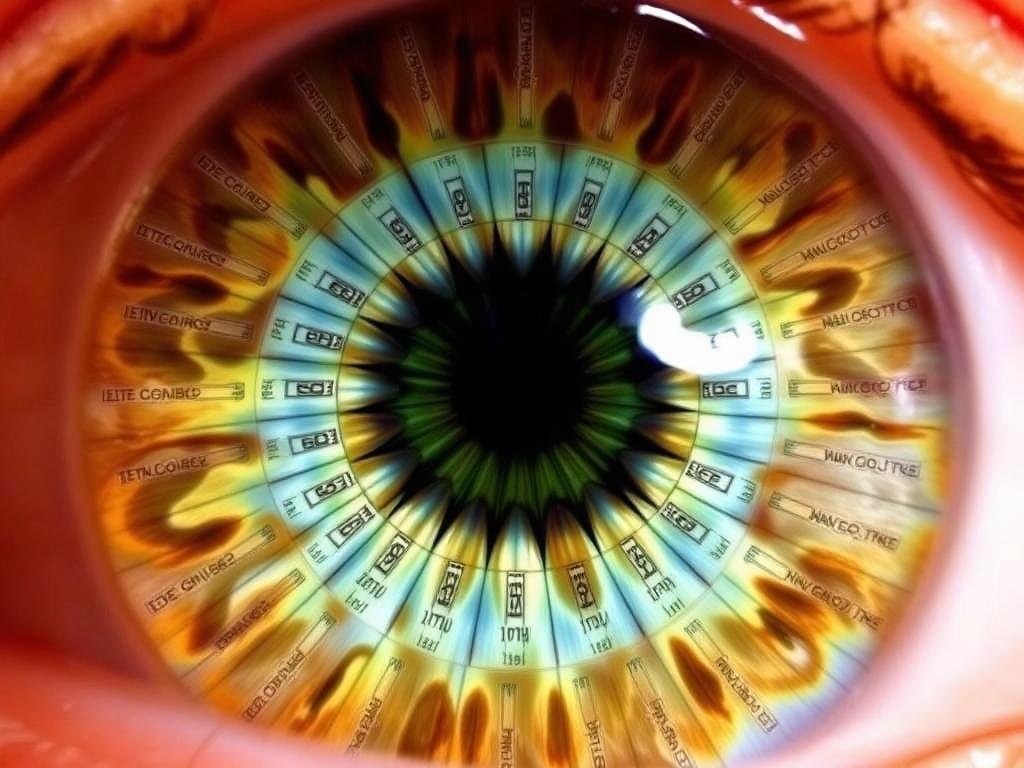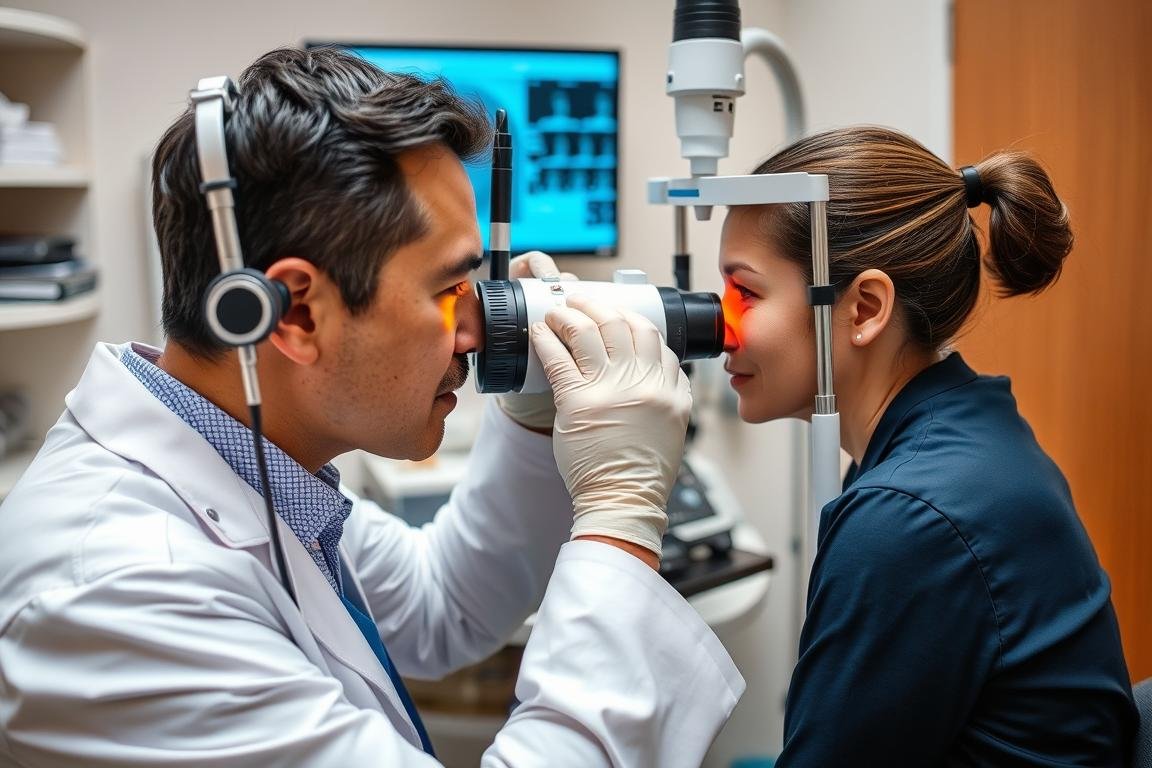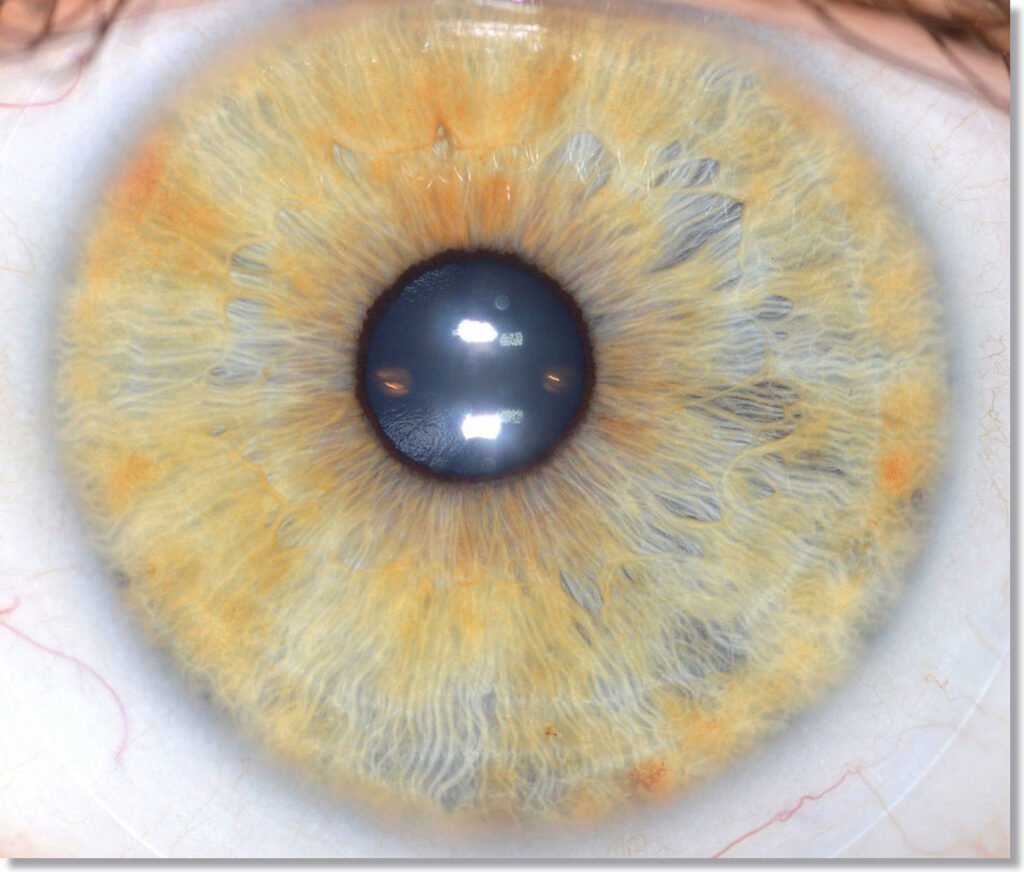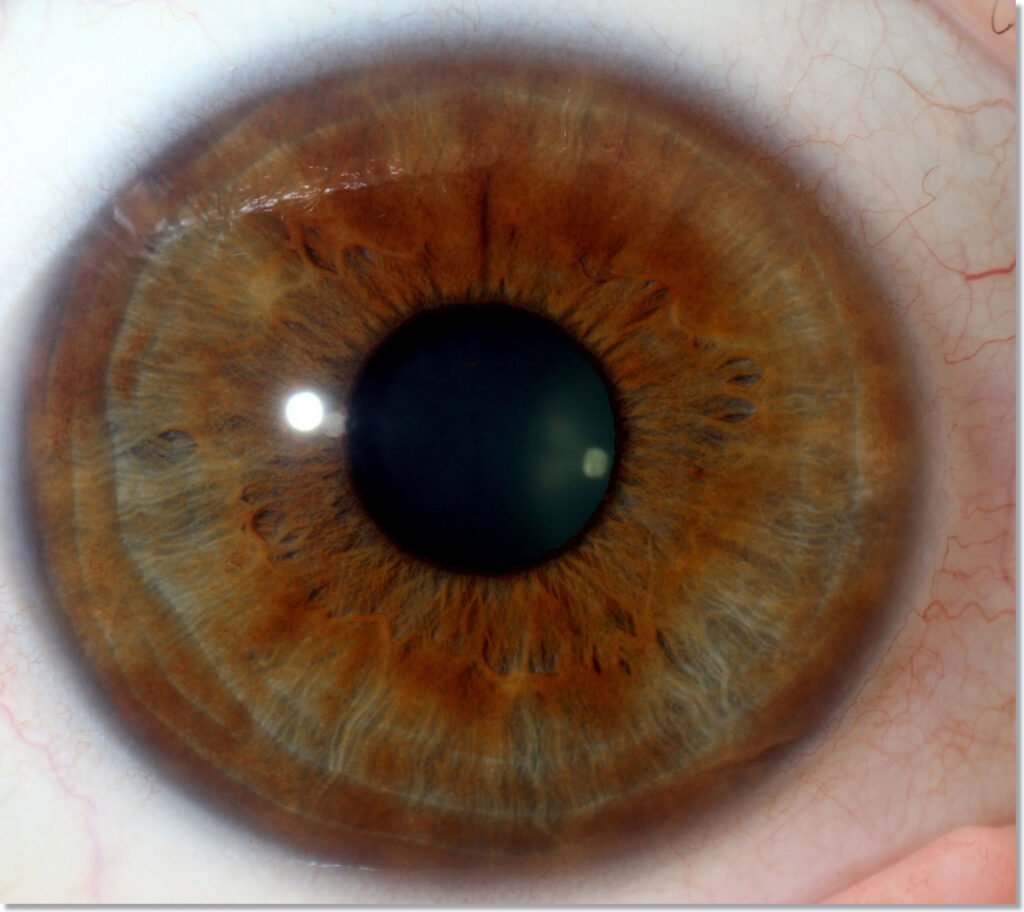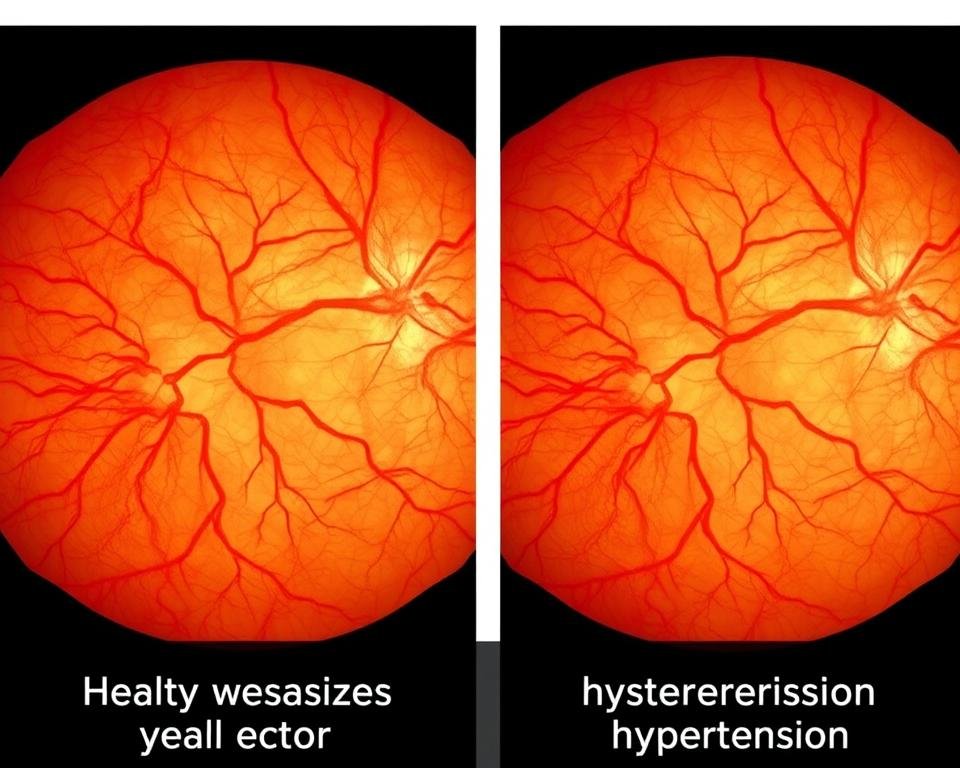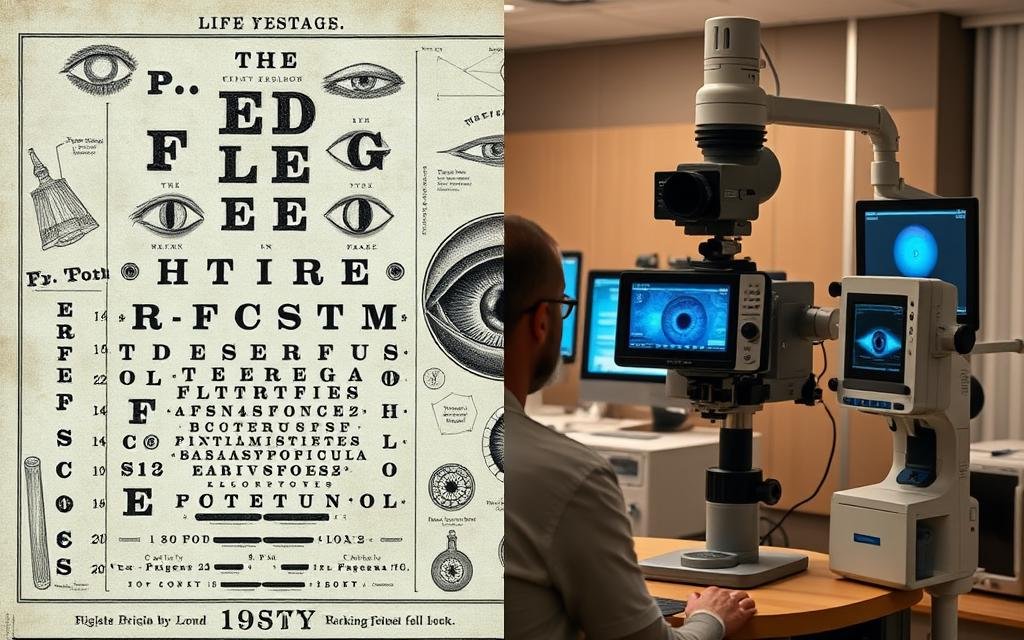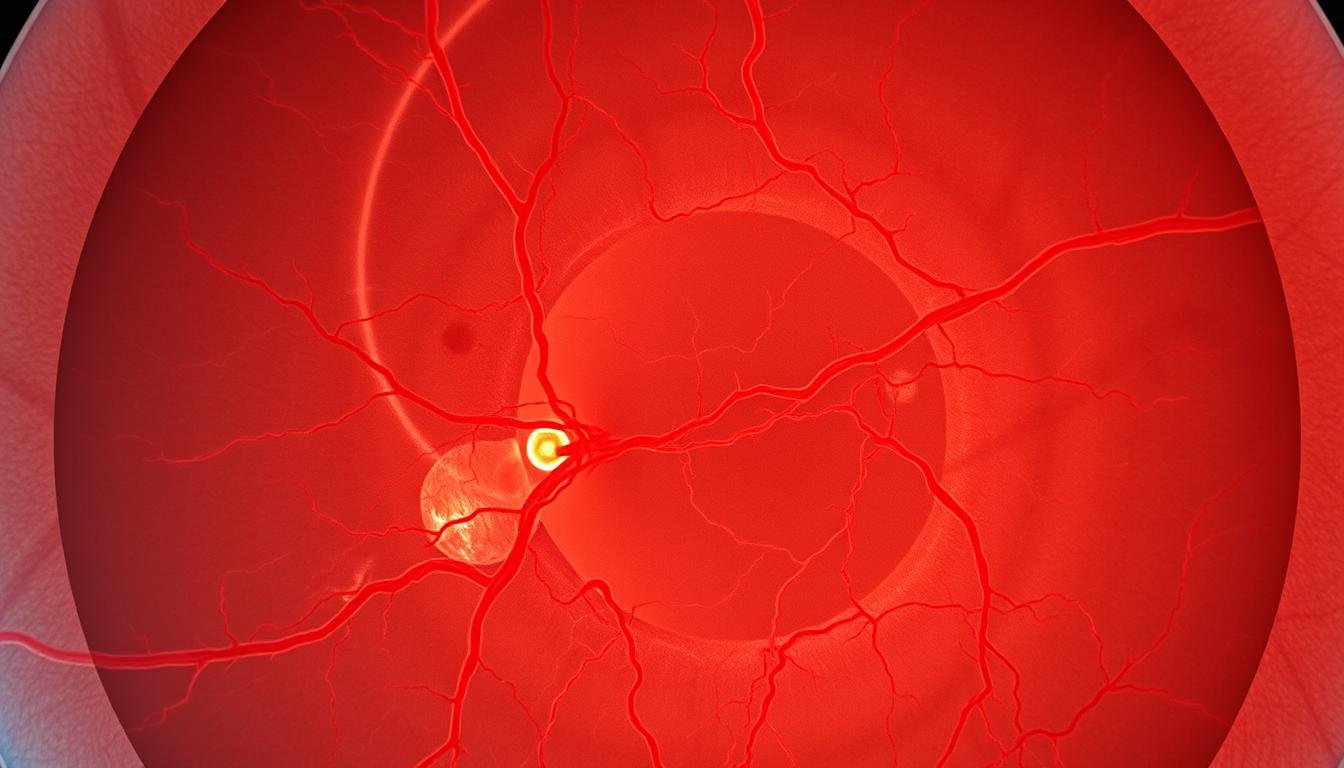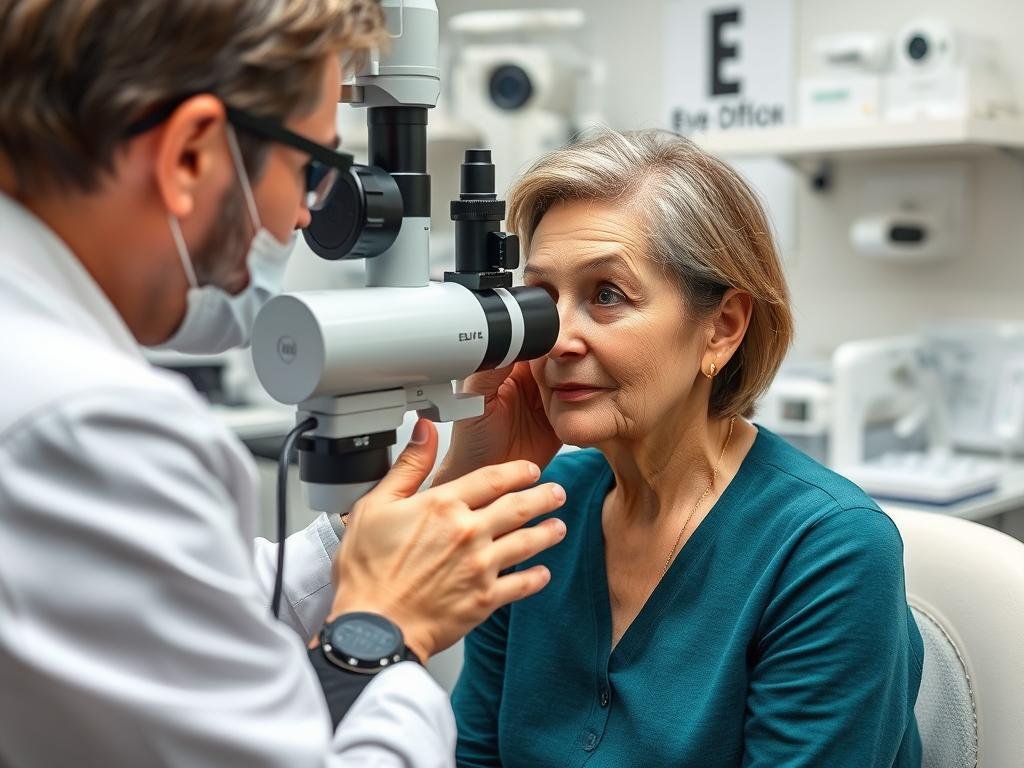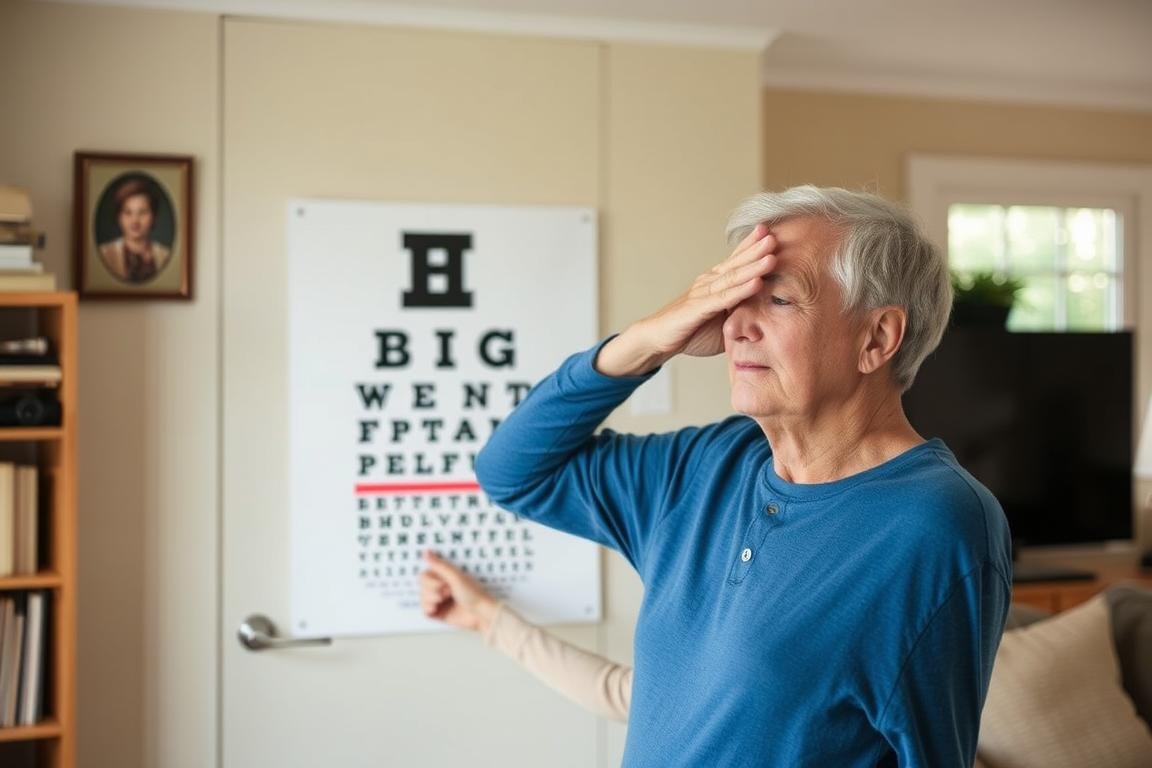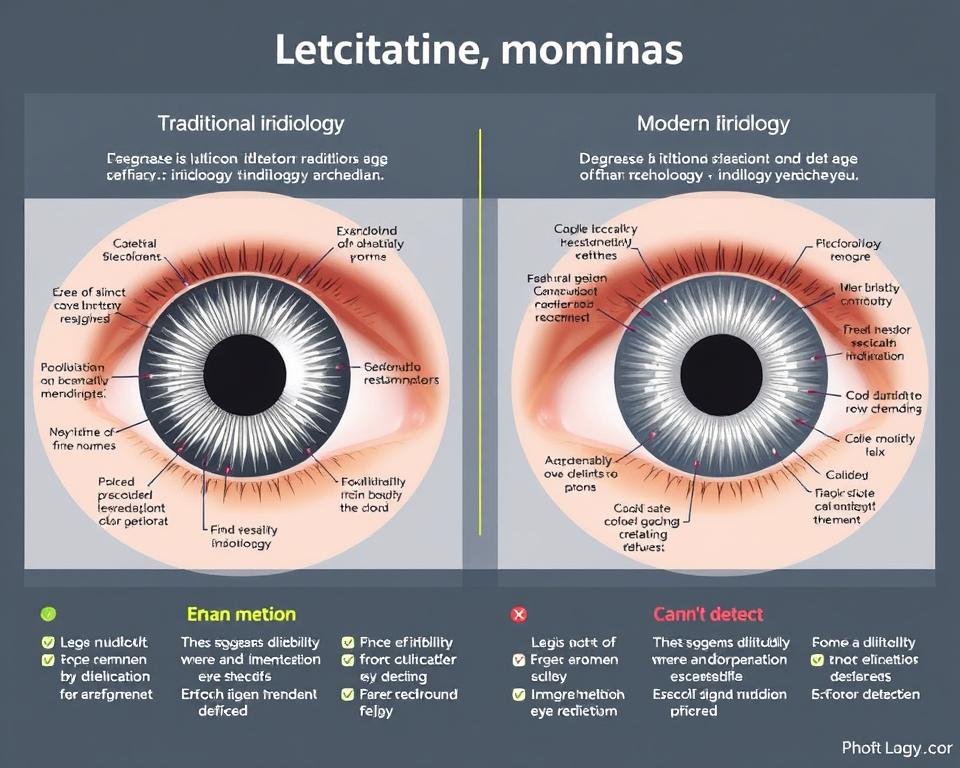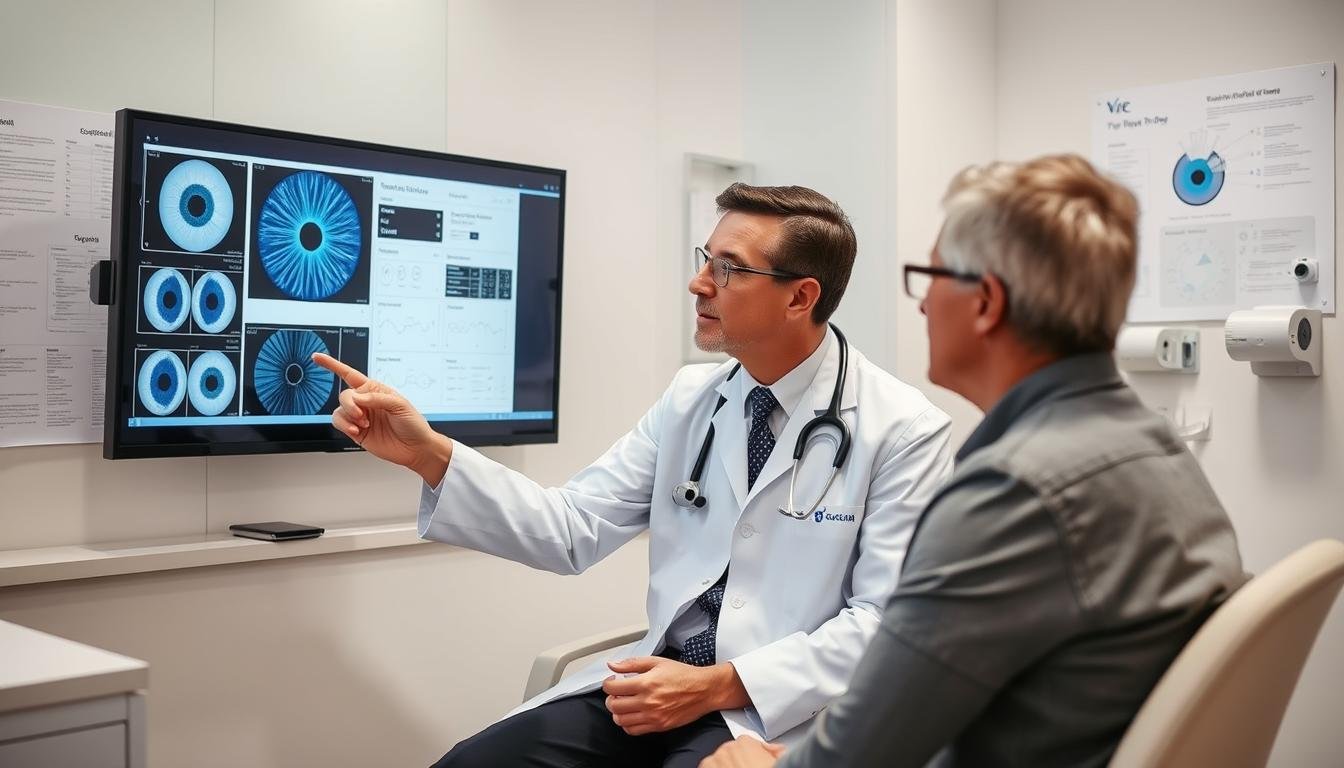The ancient saying that “eyes are the window to the soul” might have a scientific basis when it comes to your physical health. Eye reading for health has existed for centuries, from traditional practices like iridology to modern medical diagnostics that examine the retina for signs of disease. But how much can your eyes really tell about your overall wellbeing? This comprehensive guide explores the fascinating intersection of eye analysis and health diagnostics.
What Is Eye Reading for Health?
Eye reading for health encompasses various techniques that analyze different parts of the eye to detect potential health issues. These methods range from ancient practices to cutting-edge medical technologies used by ophthalmologists today.

Traditional Eye Reading: Iridology
Iridology is the study of the iris (the colored part of the eye) to determine information about a person’s health status. Practitioners believe that specific patterns, colors, and changes in the iris can indicate health conditions in corresponding parts of the body.
Iridologists use charts that divide the iris into zones, each supposedly connected to different organs and body systems. They examine these zones for abnormalities in pigmentation or structure that might suggest health problems.

Modern Medical Eye Reading
In contrast to iridology, modern medical eye examinations use scientifically validated techniques to detect health issues. Ophthalmologists and optometrists can observe blood vessels, nerves, and tissues in the eye that may reveal conditions affecting the entire body.
These examinations often include retinal imaging, which can detect signs of diabetes, hypertension, and other systemic diseases before symptoms appear elsewhere in the body.
Is Your Vision Telling You Something?
Regular eye exams can detect health issues before they become serious problems. Don’t wait for symptoms to appear.
Schedule an Eye Exam Today
The Science Behind Eye Reading for Health
The scientific validity of eye reading techniques varies significantly between traditional practices and modern medical approaches.
Scientific Evidence for Iridology
Despite its long history, iridology lacks substantial scientific support. Multiple controlled studies have failed to demonstrate that iridologists can consistently detect diseases through iris examination.
A systematic review published in the journal Forsch Komplementärmed (1999) examined four case-control studies and concluded that iridology’s efficacy was not supported by scientific evaluations. Another study in the Archives of Ophthalmology (2000) suggested that iridology has shown little benefit and could potentially cause harm by leading to unnecessary treatments or delayed proper medical care.
Evidence-Based Eye Diagnostics
In contrast, conventional medical eye examinations have strong scientific backing. The eye is the only place in the body where blood vessels can be directly observed without invasive procedures, making it invaluable for detecting vascular conditions.
Research published in medical journals consistently demonstrates that retinal imaging and other eye examination techniques can reliably detect signs of diabetes, hypertension, autoimmune disorders, and even certain neurological conditions.

Evidence-Based Eye Diagnostics
- Scientifically validated through multiple studies
- Can detect early signs of serious conditions like diabetes and hypertension
- Performed by licensed medical professionals
- Covered by most health insurance plans
- Results can be verified through additional testing
Iridology Limitations
- Lacks scientific validation in controlled studies
- Not recognized by mainstream medical organizations
- May lead to false diagnoses or missed conditions
- Typically not covered by health insurance
- Can delay proper medical treatment if relied upon exclusively
Health Clues Your Eyes May Reveal
While iridology’s claims remain unproven, your eyes can indeed reveal legitimate signs of various health conditions when examined by medical professionals.
Visible Signs of Systemic Health Issues
| Eye Appearance | Potential Health Indication | Medical Significance |
| Yellowish sclera (whites of eyes) | Jaundice, liver problems | May indicate liver disease or bile duct obstruction |
| Bulging eyes | Hyperthyroidism (Graves’ disease) | Overactive thyroid causing tissue inflammation behind eyes |
| Visible blood vessel changes in retina | Hypertension, diabetes | Indicates vascular damage that may affect other organs |
| Ring around cornea (arcus senilis) | High cholesterol (in younger people) | May indicate cardiovascular risk factors |
| Red, itchy eyes with discharge | Allergies, infections | May indicate environmental sensitivities or contagious conditions |



What Eye Doctors Can Detect
During a comprehensive eye examination, eye care professionals can detect signs of numerous health conditions, including:
- Diabetes (through retinal changes)
- Hypertension (visible blood vessel damage)
- Autoimmune disorders (inflammation)
- High cholesterol (corneal arcus, retinal vessel changes)
- Thyroid disorders (eye protrusion, lid retraction)
- Certain cancers (visible in retina or surrounding tissues)
- Neurological conditions (optic nerve changes)
- Liver disease (yellowing of sclera)
- Blood disorders (abnormal vessel appearance)
- Vitamin deficiencies (specific corneal changes)
Your Eyes May Be Signaling Health Concerns
Only a qualified eye care professional can properly interpret what your eyes reveal about your health.
Find an Eye Doctor Near You
Traditional vs. Modern Eye Reading for Health
The approaches to eye reading have evolved dramatically over centuries, from ancient observational techniques to today’s advanced imaging technologies.
Historical Perspective
Eye reading practices date back thousands of years. Some believe that forms of iridology emerged in ancient Egypt, India, and China over 3,000 years ago. However, modern iridology is often credited to Hungarian physician Ignatz von Peczely in the 1800s, who reportedly noticed iris changes in an owl with a broken leg and later developed the first detailed iris chart.

Technological Advancements
Today’s eye diagnostics utilize sophisticated technologies that provide objective, measurable data about eye health and systemic conditions:
- Optical Coherence Tomography (OCT) – Creates detailed cross-sectional images of the retina
- Digital Retinal Imaging – Captures high-resolution photographs of the retina to detect subtle changes
- Fluorescein Angiography – Uses dye to highlight blood vessels in the retina, revealing circulation problems
- AI-Powered Diagnostics – Machine learning algorithms that can detect patterns associated with disease
- Corneal Topography – Maps the surface curvature of the cornea to detect irregularities



Comparative Effectiveness
While traditional iridology relies on subjective interpretation of iris patterns without standardized diagnostic criteria, modern ophthalmological techniques provide quantifiable data that can be verified through multiple testing methods and correlated with established disease markers.
The key difference lies in reproducibility and validation – modern techniques consistently produce the same results when repeated by different practitioners, while iridology readings often vary significantly between practitioners.
Experience the Latest in Eye Diagnostics
Modern eye examinations use advanced technology to detect health issues early, when they’re most treatable.
Learn About Modern Eye Diagnostics
Practical Eye Health Monitoring Tips
Regardless of your interest in eye reading for health, there are practical steps you can take to monitor your eye health and potentially catch early signs of health issues.
When to See an Eye Doctor
Schedule an appointment with an eye care professional if you notice any of these changes:
Vision Changes
- Blurred or double vision
- Difficulty seeing at night
- Sudden appearance of floaters or flashes
- Loss of peripheral vision
Eye Appearance
- Redness that doesn’t resolve
- Yellowing of the whites
- Persistent swelling
- Unusual pupil size or reactivity
Discomfort
- Eye pain or pressure
- Severe itching or burning
- Light sensitivity
- Headaches with visual disturbances

Recommended Eye Examination Schedule
| Age Group | Recommended Frequency | Special Considerations |
| Children (0-5) | At 6 months, 3 years, before first grade | More frequent if family history of eye conditions |
| School-age (6-18) | Every 1-2 years | More frequent if wearing corrective lenses |
| Adults (19-64) | Every 2 years | Annually if diabetes, high blood pressure, or family history of eye disease |
| Seniors (65+) | Annually | Higher risk for age-related conditions like macular degeneration |
Self-Monitoring Between Exams
While not a substitute for professional care, you can monitor basic aspects of your eye health between examinations:
- Track any changes in vision clarity, color perception, or night vision
- Note any persistent redness, discharge, or discomfort
- Monitor how your eyes feel after extended screen time or reading
- Observe any changes in the appearance of your eyes in a mirror
- Pay attention to how your eyes respond to different environments

Controversies and Limitations in Eye Reading for Health
Understanding the controversies surrounding eye reading methods is essential for making informed healthcare decisions.
Ethical Considerations
Several ethical concerns arise when considering eye reading for health, particularly with non-medical approaches like iridology:
- Potential delay of proper medical treatment if relying solely on alternative methods
- Financial costs for unproven diagnostic techniques not covered by insurance
- Psychological impact of false diagnoses or missed conditions
- Lack of standardized training or regulation for iridology practitioners
- Marketing of services that may not deliver promised health insights
Limitations of Different Approaches

Important Considerations When Exploring Eye Reading
While your eyes can reveal valuable health information, it’s crucial to understand the limitations of different diagnostic approaches:
- No single eye examination method can detect all health conditions
- Some conditions show no visible signs in the eyes until advanced stages
- Individual variations in eye structure can affect interpretation
- Technology limitations may impact the accuracy of some diagnostic tools
- Always combine eye findings with other diagnostic methods for confirmation
Finding a Balanced Approach
The most effective approach to health monitoring combines multiple diagnostic methods:
- Regular comprehensive eye examinations with qualified eye care professionals
- Routine physical examinations with your primary care physician
- Appropriate screening tests based on age, risk factors, and family history
- Awareness of your body’s signals and prompt attention to concerning changes
- Open communication with healthcare providers about all treatments you’re pursuing
Protect Your Vision and Overall Health
Regular comprehensive eye exams are essential for detecting both eye conditions and signs of systemic health issues.
Schedule Your Comprehensive Eye Exam
Conclusion: The True Value of Eye Reading for Health
The eyes do indeed offer valuable insights into your overall health, but the methods used to interpret these signals vary significantly in their scientific validity and clinical usefulness.
While traditional practices like iridology continue to attract interest, they lack the scientific validation and standardization that modern medical eye examinations provide. The most reliable approach combines regular professional eye care with comprehensive healthcare that addresses all aspects of your wellbeing.
Remember that your eyes deserve professional care not only for vision correction but as an important window into your overall health. By scheduling regular comprehensive eye examinations with qualified professionals, you can benefit from early detection of both eye conditions and potential systemic health issues.

Take the First Step Toward Comprehensive Eye Health
Your eyes deserve professional care from experts who understand both vision and overall health.
Find an Eye Doctor Near You Today


